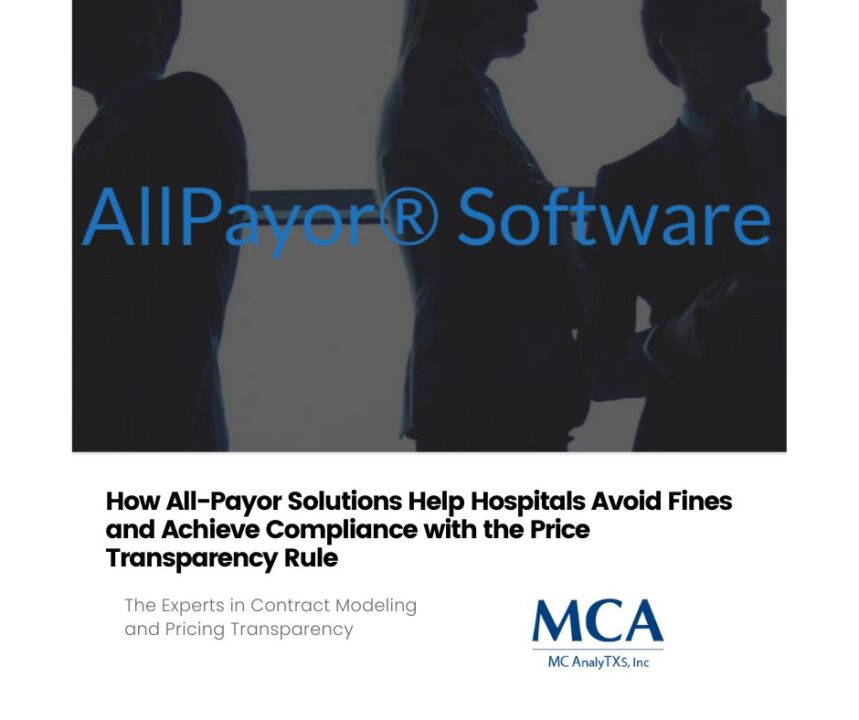
Your Patients Deserve A World-Class Financial Experience
June 1, 2023
Patients are Craving Personalized, Connected Care Experiences – Learn How Your Health System or Hospital Can Improve Patient Engagement and Satisfaction
June 7, 2023Creating a Personalized and Connected Patient Experience: Tips for Hospitals and Health Systems
In today’s digital age, where patients have unrelenting access to information and communication tools, hospitals and healthcare systems are challenged to make patient experiences more personalized and connected. Personalization can help patients feel more comfortable and satisfied with their care experience. In this blog post, we will discuss some tips for hospitals and health systems that will create a more personalized and connected patient experience, resulting in better outcomes and increased patient loyalty.
- Develop a Patient-Centered Culture – The first step in creating a personalized patient experience is to build a culture that puts the patient first. This involves training staff to listen to patient feedback, personalize care delivery, and understand each patient’s unique needs. Hospital staff should be trained to be empathetic, compassionate, and patient-centered to ensure that patients always feel valued. This can be achieved by developing a comprehensive patient experience strategy that begins with understanding what patients want and need.
- Enhance Patient Communication – Communication is a critical aspect of a patient’s care experience. To create a more connected patient experience, hospitals, and health systems should invest in communication technologies that facilitate information sharing and interaction between patients and healthcare providers. This can include secure messaging apps, convenient telemedicine solutions, and online portals that allow patients to access their health records and communicate with healthcare providers in real time.
- Personalized Care Delivery – Healthcare providers should strive to deliver personalized care that meets patient needs and preferences. This can involve customized treatment plans, proactive outreach, and educational resources tailored to patients’ health conditions, preferences, and lifestyles. Additionally, hospitals should invest in technologies such as electronic health records, remote monitoring, and data analytics to obtain patient insights that can help tailor care delivery in real time.
- Streamline Patient Processes – Patients value convenience and simplicity when it comes to receiving care services. Hospitals and health systems should implement technologies that streamline administrative processes, such as appointment scheduling and prescription refills, to reduce patient wait times and improve the overall patient experience. This can include self-service kiosks, mobile scheduling apps, and online payment systems that allow patients to handle tasks independently.
- Continuously Measure and Improve Patient Experience – To create a more personalized and connected patient experience, hospitals, and health systems must continuously measure and improve their patient experiences. This can involve gathering patient feedback through surveys and focus groups, analyzing patient satisfaction data, and benchmarking against industry best practices. Hospitals and health systems can use this feedback to adjust and optimize their care delivery, processes, and communication strategies to meet patient needs and expectations better.
Overall, providing a personalized and connected patient experience requires hospitals and health systems to prioritize patient-centered care, improve communication, enhance care delivery, streamline processes, and continuously measure and improve patient satisfaction. By doing so, healthcare providers can foster long-term patient loyalty, enhance outcomes, and create a more positive patient experience that positions hospitals and health systems as industry leaders.
To learn more Join our next webinar Thursday, June 22nd at 1 pm CST





